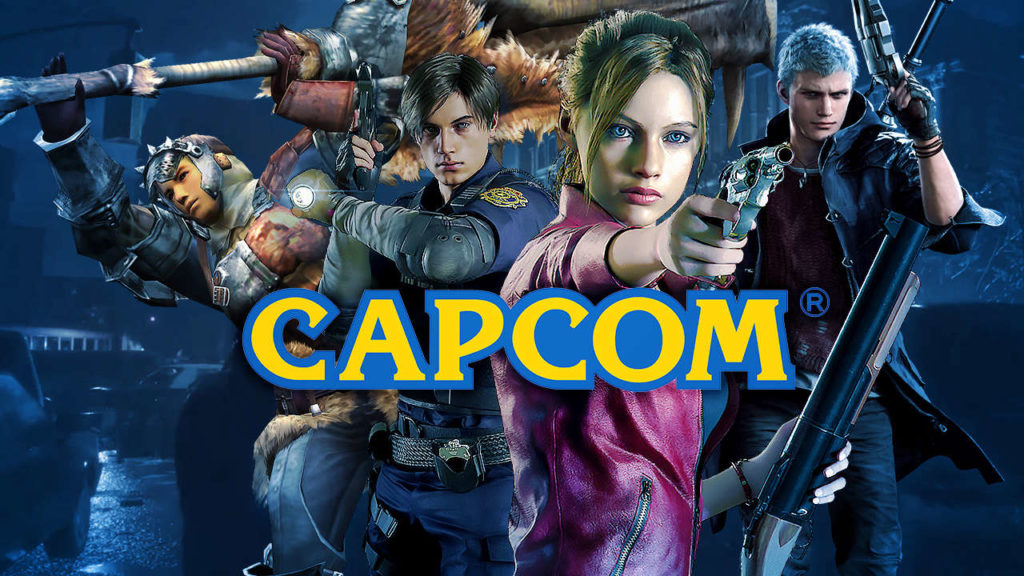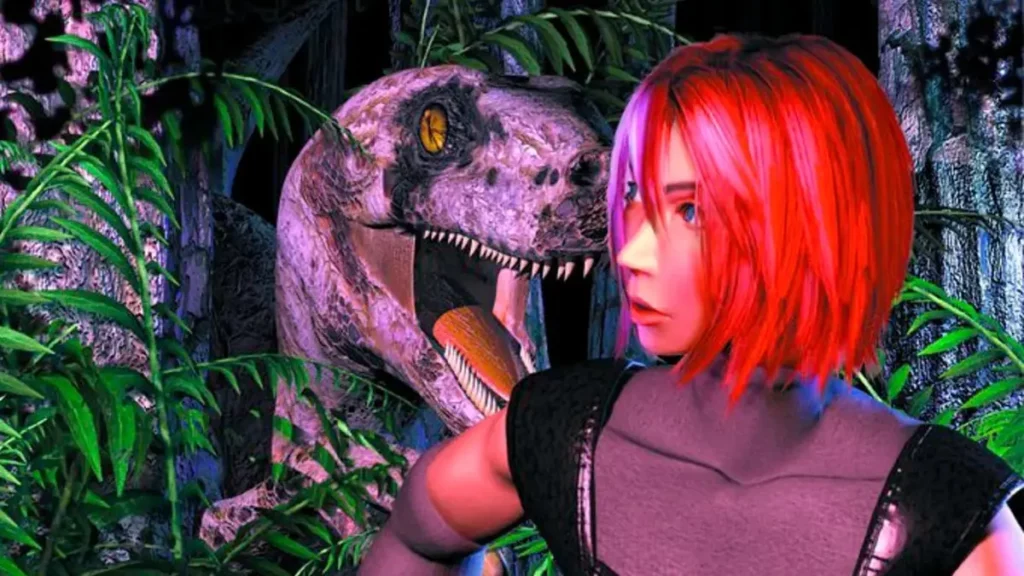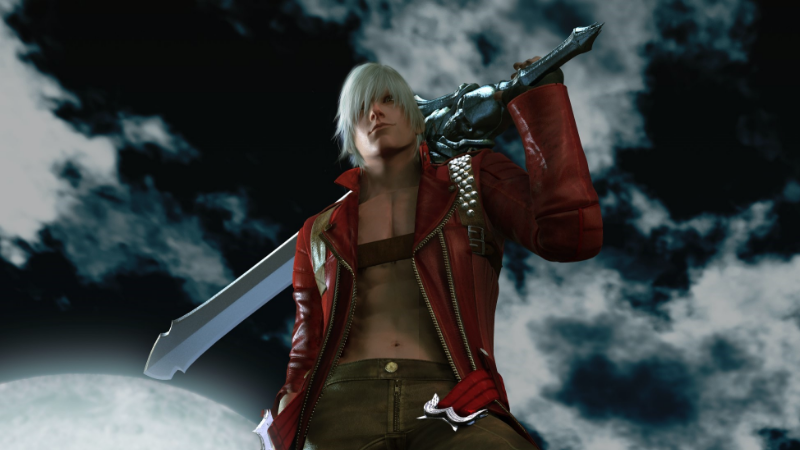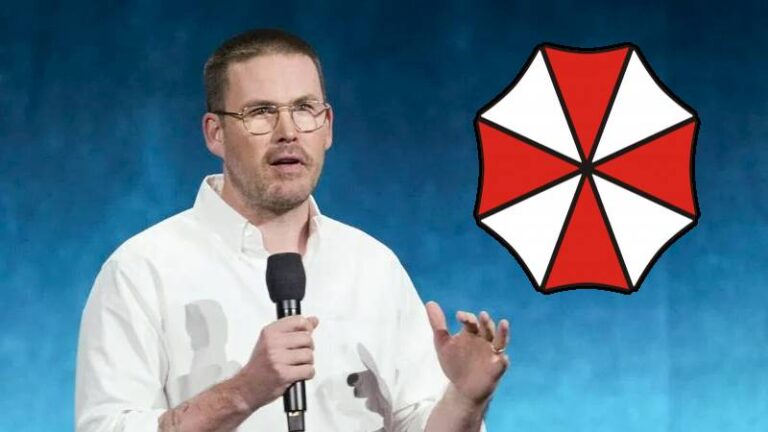For nearly four decades, Capcom has stood at the bleeding edge of video game horror. Long before survival horror was a household term and before the zombie genre was burned into pop culture’s brain, Capcom was already laying the groundwork for how games could scare us—not just with grotesque monsters or jump scares but with suffocating tension, creeping dread, and an uncanny mastery of atmosphere.
While Resident Evil is the obvious titan of that legacy, Capcom’s horror catalog runs deeper, stranger, and in some ways, even bolder.
Resident Evil — The Torch-Bearer of Capcom Survival Horror
Let’s start with the cornerstone: Resident Evil. Originally released in 1996, the first game’s mansion setting, tank controls, and limited inventory system defined an entire genre. But what’s even more remarkable is how Resident Evil kept evolving. Capcom took chances. Some worked (RE4’s over-the-shoulder gameplay reinvented third-person action), and some didn’t (RE6 tried to be all things to all people and ended up being none of them). But through it all, Capcom listened, iterated, and adjusted.
The modern renaissance of Resident Evil — starting with Resident Evil 7‘s terrifying first-person reboot and continuing with the critically acclaimed remakes of RE2 and RE4 — has shown Capcom’s ability to honor its past while still pushing the medium forward. The Resident Evil Village werewolf twist? Risky. The shift in tone to gothic horror? Bold. But it worked. Capcom made Resident Evil scary again.
Dino Crisis — Extinction Never Looked So Good
If Resident Evil was Capcom’s mansion full of zombies, then Dino Crisis was its prehistoric cousin—and it deserves more love. Released in 1999 and developed by the same team behind Resident Evil, Dino Crisis swapped shambling corpses for hyper-intelligent velociraptors and claustrophobic science labs. It wasn’t just a reskin; the game leaned harder into real-time tension, with no loading screen doors to shield players from immediate danger. And it pulled it off with chilling effect.
The sequel, Dino Crisis 2, pivoted toward action, while Dino Crisis 3 flew off the rails entirely (literally — it was in space). But even now, fans continue to clamor for a proper reboot. In the age of high-fidelity remakes and Capcom’s newfound horror swagger, the time has never felt more right to bring Regina back.
Devil May Cry — Stylish Horror, Demonic Cool
You wouldn’t necessarily call Devil May Cry a horror game in the traditional sense, but its roots are soaked in it. In fact, DMC began as an early prototype for Resident Evil 4. When the project took on a more action-heavy identity, Capcom pivoted — but kept the gothic castles, grotesque demons, and cursed energy.
Dante’s world is less about fear and more about overwhelming, operatic, stylish power. But don’t mistake its bombastic flair for the absence of horror. The series still swims in infernal imagery, religious iconography, and cosmic terror. Even the quieter, more grounded reboot, DmC: Devil May Cry, had its moments of unnerving surrealism. Devil May Cry 5, in particular, balanced a gorgeous spectacle with moments of pure menace, especially in its creature design. The horror is there, just buried beneath a smirk and a swinging sword.
Haunting Ground and Clock Tower 3 — The Forgotten Daughters
Capcom’s horror bench runs deep, and it’s worth shining a light on two often-overlooked cult classics: Haunting Ground and Clock Tower 3. These games stripped the genre down to its most primal emotion — helplessness.
In Haunting Ground, you play as Fiona, a young woman trapped in a labyrinthine castle filled with monstrous stalkers. You have no weapons, only your dog companion, Hewie, and your own wits. The game’s themes of vulnerability and agency, or lack thereof, hit hard, and it’s quietly become one of Capcom’s most disturbing experiences.
Clock Tower 3, meanwhile, leaned into ghost stories and time travel, blending traditional Japanese horror tropes with the studio’s penchant for cinematic storytelling. While neither game reached the mainstream success of Resident Evil, both contributed to Capcom’s understanding of psychological horror and tension-building in meaningful ways.
The Capcom Difference and Looking Ahead
So what is it that makes Capcom’s horror legacy so enduring? Part of it is technical — Capcom knows how to work within hardware limitations to create mood. Those fixed camera angles in early Resident Evil? A limitation turned into a deliberate cinematic tool. Their RE Engine? Arguably one of the best in the business for rendering both human emotion and inhuman horror.
But beyond that, it’s Capcom’s willingness to experiment. They’re not afraid to let a franchise get weird, or dark, or fail entirely. For every RE6, there’s an RE7. For every Dino Crisis 3, there’s hope for a remake that gets it right. Horror, after all, thrives on unpredictability.
With rumors of Resident Evil 9 on the horizon and a whole generation of gamers nostalgic for the terror of pixelated monsters and camera-angle jump scares, Capcom is in a unique position. They’ve nailed the reinvention formula. Now, they can dig into the vault. Give us more Haunting Ground. Bring back Dino Crisis. Let Devil May Cry keep getting weirder.
Because when Capcom gets horror right, and they usually do, it doesn’t just scare us. It sticks with us, in the dark, long after we put the controller down.








